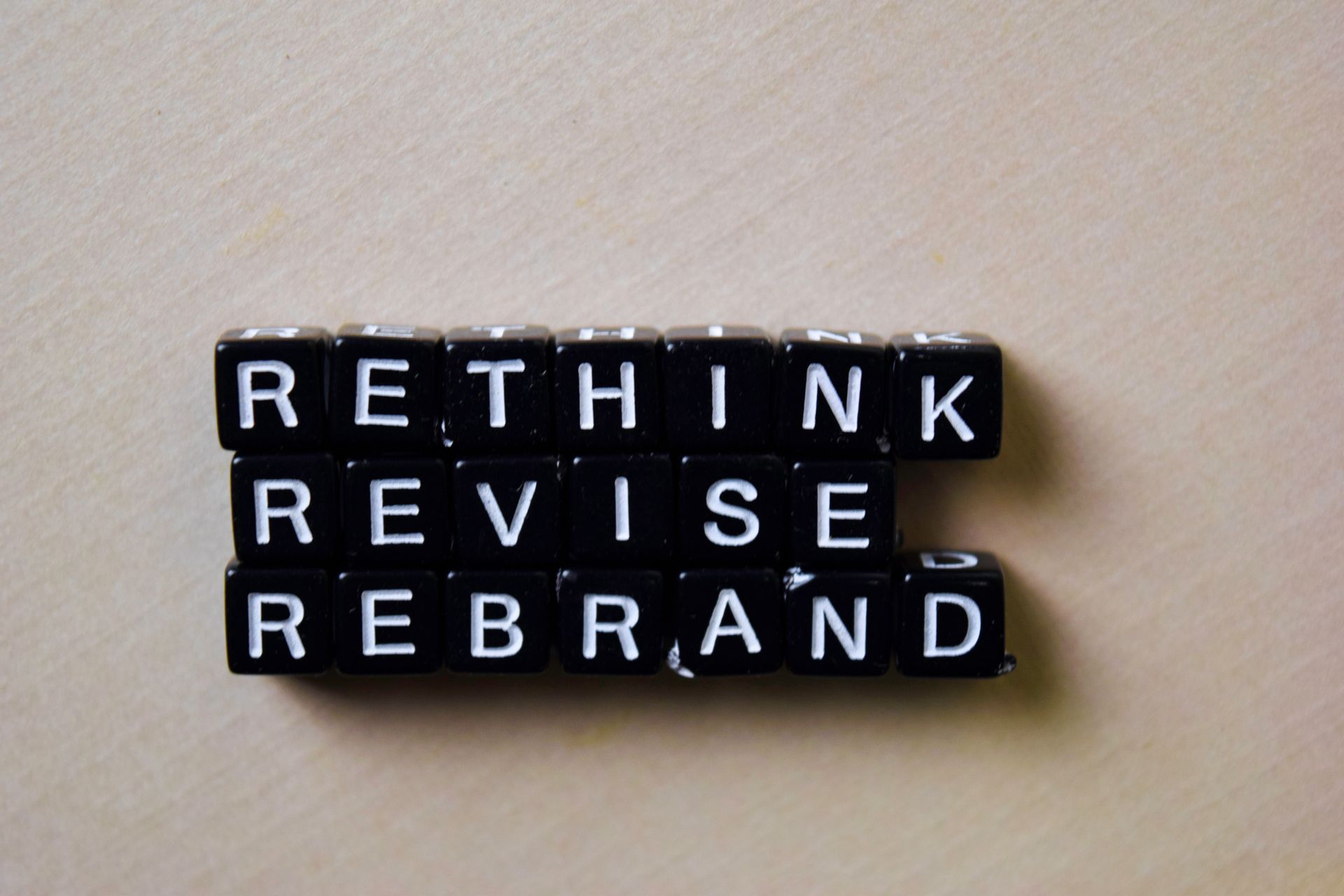The Psychology of Color in Branding
How Colors Influence Consumer Behavior
Color psychology is a fascinating and ever-evolving aspect of branding that can significantly impact consumer behavior. Using color in branding goes far beyond personal preference or the latest design trend. Instead, it has been studied and proven that different colors can evoke different emotions and feelings in consumers, making it a crucial consideration for businesses.
With the rise of social media and the digital landscape, consumers are inundated with endless options and choices. In such a crowded market, businesses need to ensure their branding is memorable and distinctive and conveys their message effectively. This is where the psychology of color in branding comes into play.

Emotion:
One of the most critical considerations is understanding people's emotional associations with different colors. For example, blue is associated with trust and security, making it an ideal color for brands in the financial sector. Meanwhile, red is associated with excitement and energy, making it a popular choice for brands in the food and beverage industry.
Culture:
For global brands, the cultural significance of color is an especially important aspect. Different cultures have different associations with colors, and businesses need to consider the impact of their branding choices. For example, in Western cultures, white is associated with purity and cleanliness, while in some Asian cultures, it's associated with death and mourning.
Recognition:
Using consistent color schemes in branding can also create a sense of brand identity and recognition. Many successful brands, such as McDonald's and Coca-Cola, use a consistent color scheme for their branding materials to help customers quickly identify and remember their brand.
Perception:
Another powerful strategy is to use color to influence consumer perception of a product or service. For example, using warm colors like red and orange in a restaurant can create a sense of hunger and excitement, while using cool colors like blue and green in a spa can create a sense of calm and relaxation.
Physical Space:
Businesses can also use color in physical spaces to influence consumer behavior. For example, retailers often use warm colors to create a sense of urgency and encourage impulse purchases, while cool colors are used in healthcare settings to make sense of calm and comfort.
Understanding the psychology of color in branding is a powerful tool businesses can use to influence consumer behavior. Organizations can create a memorable and distinctive brand identity by choosing colors that align with their brand values and messaging. What will your color of choice be?
Our Work








